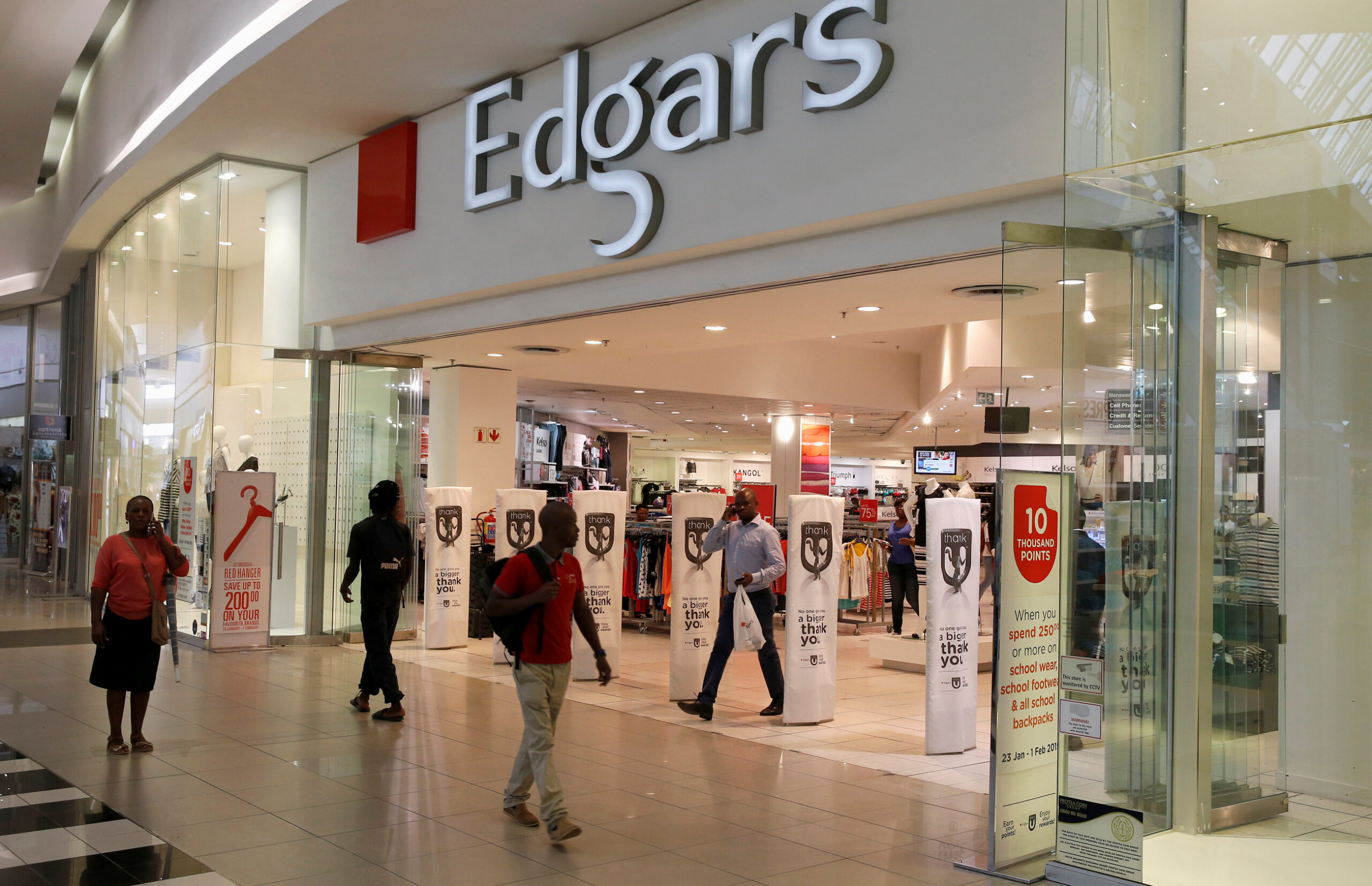Edgars rides out storm, eyes future growth
Amidst a backdrop of exchange rate volatility, drought-induced agricultural contraction, and energy shortages, Edgars delivered mixed performance review for the third quarter ending October 8, 2024.
Commenting on the performance, Edgars chief executive officer Sevious Mushosho, said “the third quarter has not been without its challenges.”
“But we have demonstrated an ability to adapt and remain focused on our long-term goals. Our efforts to streamline operations, procure competitively priced high-quality merchandise, and leverage strategic investments are beginning to pay off,” he said.
The quarter under review saw a sharp disparity between formal and informal exchange rates, culminating in the unexpected devaluation of the ZiG currency. This divergence exacerbated pricing distortions, reducing foreign currency inflows from formal channels.
Additionally, Zimbabwe’s agricultural sector reeled from the aftershocks of an El Niño-induced drought, with tobacco and summer crop outputs shrinking by over 20 percent and 64 percent, respectively.
Electricity shortages further compounded the issue, as low water levels at the Kariba Dam reduced hydroelectric power generation, forcing the Group’s stores and Carousel manufacturing facility to rely on generators. This reliance increased operational costs, eating into already strained margins.
Against this backdrop, the Group’s revenue declined by 6,81 percent, reflecting a 22,5 percent drop in sales volumes from 594 593 units last year to 460 598 units in the quarter under review.
Despite the downturn, Mushosho highlighted a silver lining, “Our margins firmed by 2,81 percent, thanks to focused procurement strategies that emphasized quality and competitive pricing.”
The company’s retail chains, Edgars and Jet, experienced revenue declines of 9,7 percent and 14 percent, respectively, as sales volumes dipped. However, the launch of a new Jet store in Harare’s Hogerty Hill exemplifies the group’s ongoing commitment to growth, even in tough times.
In contrast to the retail chains, Carousel Manufacturing emerged as a bright spot. The factory reported a 70 percent increase in units sold, rising from 122 789 last year to 208 838 this year.
Improved sourcing of high-quality fabrics and investments in modern machinery allowed the company to expand its product range and enhance efficiency. This helped reduce average production costs by 7,3 percent, bolstering the group’s competitive edge in the local market.
“Our retooling efforts have transformed Carousel into a cornerstone of our value chain strategy,” Mushosho noted. “Through producing locally, we are not only reducing costs but also ensuring our customers have access to garments of international quality at competitive prices.”
The Group’s financial services division also demonstrated resilience. While the debtors’ book contracted slightly, from US$10,4 million in June to US$10 million by the end of September, asset quality remained strong at 77,4 percent.
Club Plus Microfinance, another segment of the Group, saw its loan portfolio grow to US$1,3 million, supported by investments in e-portals that enhanced operational efficiency.
Looking ahead, Mushosho acknowledged the persistence of economic headwinds but expressed cautious optimism.
“We anticipate that the El Niño drought will continue to suppress consumer demand into mid-2025,” he said. “However, our focus will remain on cost containment, revenue growth, and leveraging opportunities in the market.”
The group plans to expand its footprint further, with two additional Express Stores set to open in the fourth quarter, completing its target of eight new outlets for the year. Meanwhile, Mushosho emphasised the importance of policy reforms to stabilise the local currency, expand access to foreign currency, and foster economic resilience. As Edgars group continues to weather the storm, its strategic adaptability and focus on long-term goals underscore a commitment to not just surviving but thriving in an unpredictable environment.-ebsinesswekl











